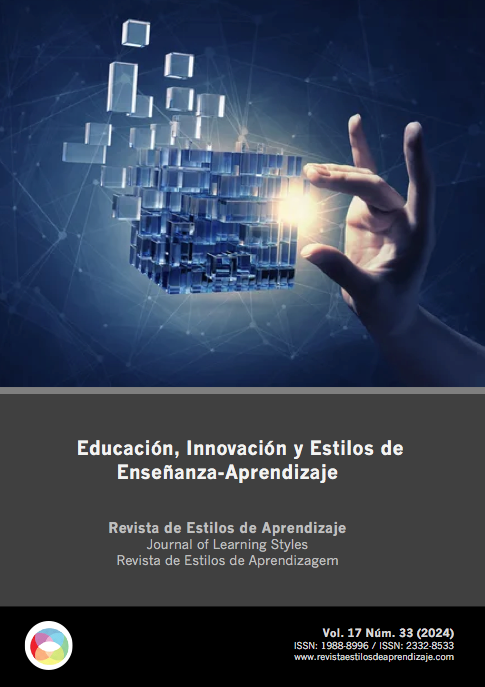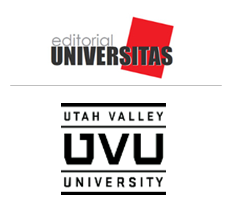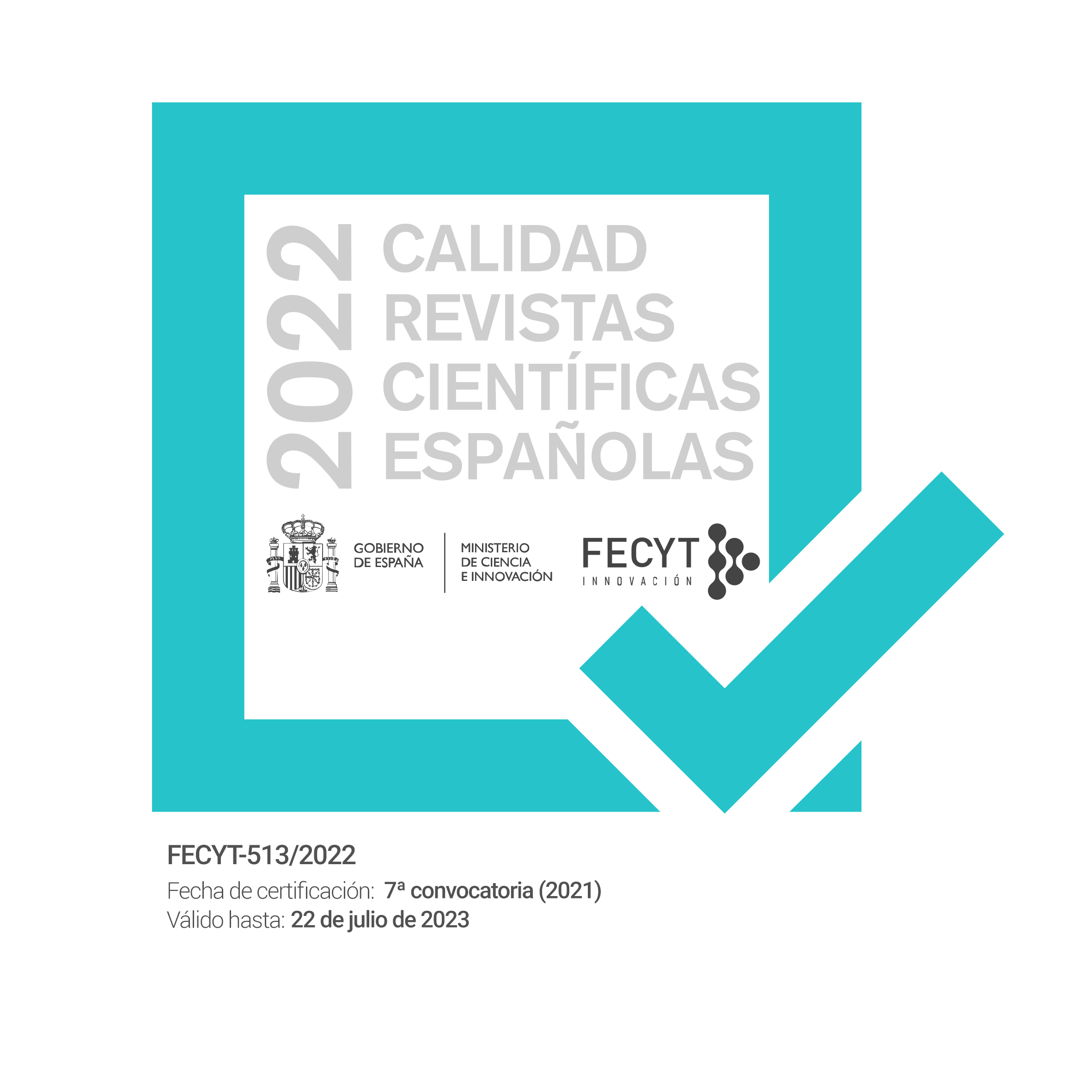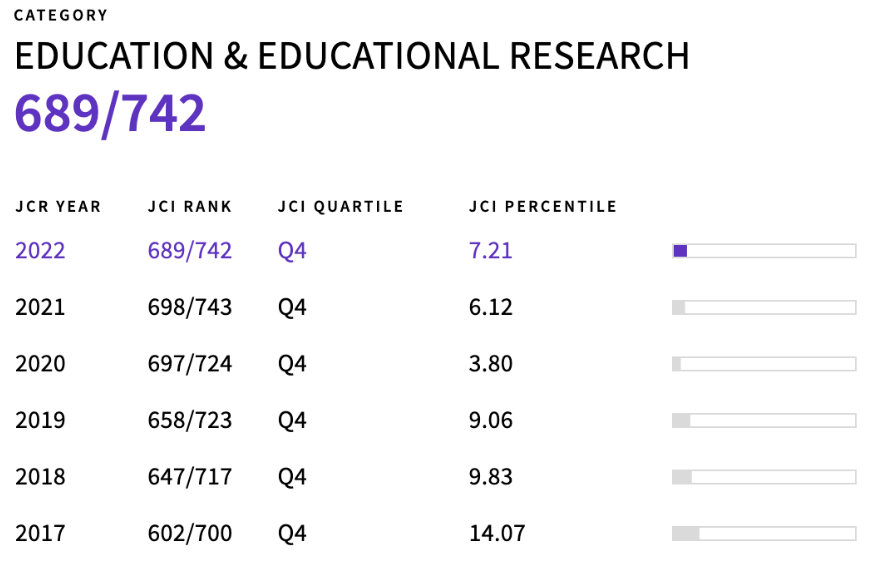Cyberbullying in Portugal. A scoping study and the perceptions of Portuguese teachers
DOI:
https://doi.org/10.55777/rea.v17i33.5305Keywords:
Cyberbullying, Scoping StudyAbstract
During the COVID-19 global pandemic period, cyberbullying grew exponentially as students were essentially working online. We did a scoping study to understand the state of the art referring to academic publications in Portuguese related to cyberbullying in Portugal. We identified 316 articles in the RCAAP database related to the topic and, after the inclusion and exclusion criteria, 13 articles were deeply analyzed. The conclusions suggest that cyberbullying has more harmful effects than traditional bullying; the authors highlight the need for teacher training to identify signs of cyberbullying; and the importance of intervention projects to inform the community – teachers, students and parents – about how to avoid behaviors that enhance cyberbullying. At the same time, data from a questionnaire survey applied to 96 teachers made it possible to validate the need for training and the importance of having intervention programs that enable the fight against cyberbullying.
Downloads
References
Almeida, A. T., & Correia, I. (2017). Número Temático: Estudos sobre Bullying em Portugal. Psicologia, 31(2), iv-xi.
Amado, J., Matos, A., Pessoa, T., & Jäger, T. (2009). Cyberbullying: Um desafio à investigação e à formação. Revista Interacções, 5(13). Disponível em: https://doi.org/10.25755/int.409
António, R., Guerra, R., & Moleiro, C. (2020). Cyberbullying em Portugal durante a pandemia do covid-19. Centro de Investigação e de Intervenção Social (CIS-IUL, ISCTE-IUL), set., 2-20. Disponível em: https://ciencia.iscte-iul.pt/publications/files/private/deffa87e217ae129586ff95bed171a6e
Araújo, J. D., & Caldeira, M. D. (2018). Bullying e Cyberbullying: Ameaça ao bem-estar físico e mental dos adolescentes. AdolesCiência: Revista Júnior de Investigação, 5(1), 6-11.
Arksey, H., & O'Malley, L. (2005) Scoping studies: Towards a methodological framework, International Journal of Social Research Methodology, 8(1), 19-32.
Belsey, B. (2006). Bullying.org: A Learning Journey. Bulletin - Newfoundland and Labrador Teachers Association 49(4), 20. Disponível em: http://www.bullyingawarenessweek.org/pdf/Bullyng_a_Learning_Journey.pdf
Braun, V., & Clarke, V. (2006). Using thematic analysis in psychology. Qualitative research in psychology, 3(2), 77-101.
Caetano, A. P., et al. (2016). Emoções no cyberbullying: um estudo com adolescentes portugueses. Educação e pesquisa, 42, 199-212.
Caetano, A. P., Amado, J., Martins, M. J., Veiga-Simão, A. M., Freire, I., Pessôa, M. T. (2017). Cyberbullying: Motivos da agressão na perspetiva de jovens portugueses. Educação & Sociedade, 38, 1017-1034.
Carvalho, M., Branquinho, C., & Matos, M. G. (2019). Bullying, ciberbullying e problemas de comportamento: O género e a idade importam? Revista de Psicologia da Criança e do Adolescente, 10(1), 197-205.
Cherry, G., & Dickson, R. (2014). Defining My Review Question and Identifying Inclusion Criteria. In A. Boland, G. Cherry, & R. Dickson (2014), Doing a systematic review: A student's guide, (pp. 17-34). SAGE.
Conselho Nacional de Educação - CNE (2021). Educação em Tempo de Pandemia: problemas, respostas e desafios das escolas. CNE.
Diário da República n.º 181/2019, Despacho n.º 8404-C/2019.
Diário da República n.º 172/2012, Série I de 2012-09-05. Lei n.º 51/2012.
Diário da República n.º 181/2019, 2.º Suplemento, Série II de 2019-09-20.
Fleeman, N., & Dundar, Y. (2014). Data extraction: Where do I begin?. In A. Boland, G. Cherry, & R. Dickson (2014), Doing a systematic review: A student's guide, (pp. 84-98). SAGE.
Gonçalves, V., & Vaz, C. E. (2021). (Ciber)Bullying: revisão sistemática da literatura. Revista EducaOnline, 15(1), 192-214.
Hinduja, S., & Patchin, J. W. (2008). Cyberbullying: An exploratory analysis of factors related to offending and victimization. Deviant Behavior, 29(2), 129–156.
Kowalski, R. M., Giumetti, G. W., Schroeder, A. N., & Lattanner, M. R. (2014). Bullying in the digital age: A critical review and meta-analysis of cyberbullying research among youth. Psychol Bull, 140(4), 103-137.
McMillan, J. H., & Schumacher, S. (2001). Research in education: A conceptual framework (5th ed.). Longman.
Moher, D., Liberati, A., Tetzlaff, J., & Altman, D. G. (2009). Preferred reporting items for systematic reviews and meta-analyses: The PRISMA statement. PLoS Med, 21(7), Disponível em: 10.1371/journal.pmed.1000097
Ponte, C., & Batista, S. (2019). Usos, competências, riscos e mediações da internet reportados por crianças e jovens (9-17 anos). EU Kids Online e NOVA FCSH, 2, 1-61.
Presidência do Conselho de Ministros (2010). Proposta de Lei 46/XI/2. Disponível em: https://app.parlamento.pt/
Quivy, R., & Campenhoudt, L. V. (1998). Manual de investigação em ciências sociais. Gradiva.
Seixas, S. R., Fernandes, L., & Morais, T. (2016). Bullying e cyberbullying em idade escolar. Revista de Psicologia da Criança e do Adolescente, 7(1-2), 205-210.
Sousa, S. (2011). Cyberbullying: o fenómeno percepcionado pelos professores. Dissertação de mestrado em Ciências da Educação, área de especialização em Tecnologia Educativa. Instituto de Educação da Universidade do Minho.
Trevisol, M. T., Pereira, M. B., Mattanaet, P. (2019). Bullying na adolescência: causas e comportamentos de alunos portugueses e brasileiros. Revista de educação PUC-Campinas, 24(1), 55-72.
Trevisol, M. T., Pereira, B., Spies, D. I., & Mattanaet, P. (2018). A promoção de manifestações de bullying na escola: Posicionamento dos alunos adolescentes portugueses. Revista E-Psi, 8(supl.1), 38-51.
Trevisol, M. T., Pereira, M. B., Mattanaet, P. (2017). Bullying na escola: Causas e posicionamentos de alunos portugueses e brasileiros. Revista de estudios e investigación en psicología y educación, Vol. Extr. (2), 63-68.
Vaz, C. (2020). Jogos antibullying: A perceção dos professores eeducadores portugueses. Pedagogía Social: Revista Interuniversitaria, 35, 47-59.
Wilson, N., & McLean, S. (1994). Questionnaire design: a practical introduction. CoAntrim.
Zequinão, M. A., MedeirosI, P., Lise, F. A., Trevisol, M. T., & Pereira, M. B. (2019). Associação entre bullying escolar e o país de origem: Um estudo transcultural. Revista Brasileira de Educação, 24, 1-22.
Zequinão, M. A., et al. (2019). Vitimização pelo bullying em três países: Um estudo transcultural. Adolescência & Saúde 16(4), 7-15.

Downloads
Published
How to Cite
Issue
Section
License
By submitting the original, the author(s) declare that they are aware of and accept, in full, the privacy policy as well as the copyright of the Learning Styles Magazine.
The Learning Styles Magazine offers free and open access to its content, completely free of charge, in order to bring scientific research to its readers and society in general. All digital contents are free and open access and are published under a Creative Commons license:

Rights are granted under the Creative Commons Reconocimiento-NoComercial-SinObraDerivada 4.0 Internacional (CC-BY-NC-ND 4.0)
The Learning Styles Magazine is an open access journal. Publication of articles or reviews in the Journal does not entitle you to any remuneration. For authors as well as readers, the journal is free Creative Commons Reconocimiento-NoComercial-SinObraDerivada 4.0 Internacional (CC-BY-NC-ND 4.0).
With this licence, the reproduction and dissemination of the contents of the magazine for educational, social and knowledge transmission purposes is permitted, without any profit motive in mind, provided that the source and authorship are not modified. The licence granted to Learning Styles Magazine allows the copying and distribution of the magazine's contents, as long as the authorship of the work is recognised, correctly specifying the author and the publishing entity. The work may not be used for commercial purposes, nor may it be altered, transformed or generated from this work.
The publication of articles or reviews in the Journal does not give the right to any remuneration.
The Learning Styles Journal invites the author/authors to increase the visibility and scope of their articles published by re-disseminating them in:
- Web spaces and personal networks, as well as in scientific meetings and forums
- Open institutional archives in Universities, educational repositories and Research Centres.
- Academic and scientific networks (Researchgate, Academia.edu, Plubons, etc.)
All these spaces and publications must include all the bibliographic data of the publication.






















